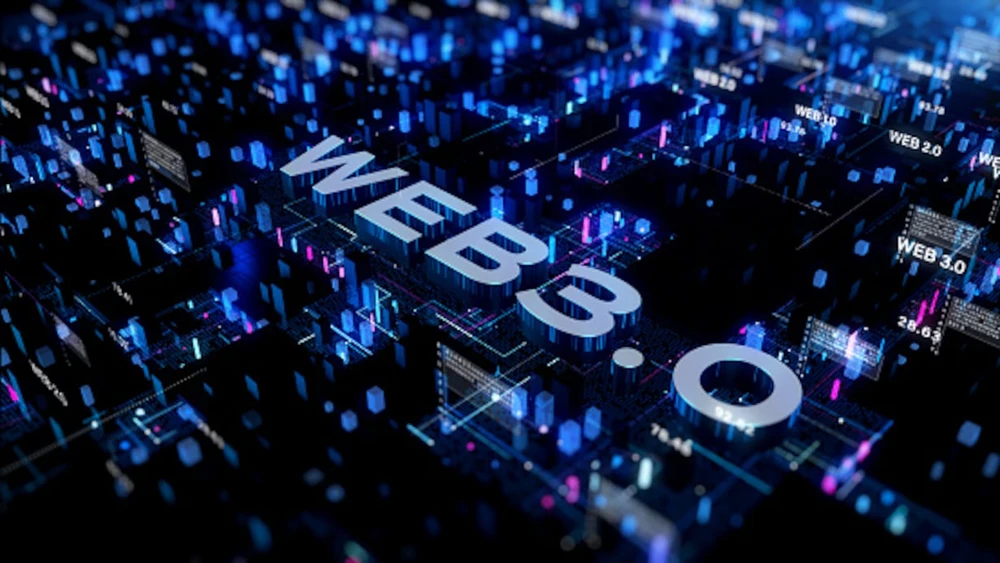Web 3.0, also known as the next phase of the internet, is a concept that represents the evolution of the internet into a more decentralized, interconnected, and user-centric ecosystem. It envisions a future where individuals have greater control over their data, and where trust, transparency, and privacy are prioritized. Web 3.0 leverages emerging technologies such […]
How to Invest in Web 3.0

